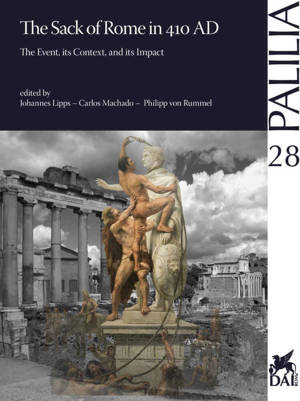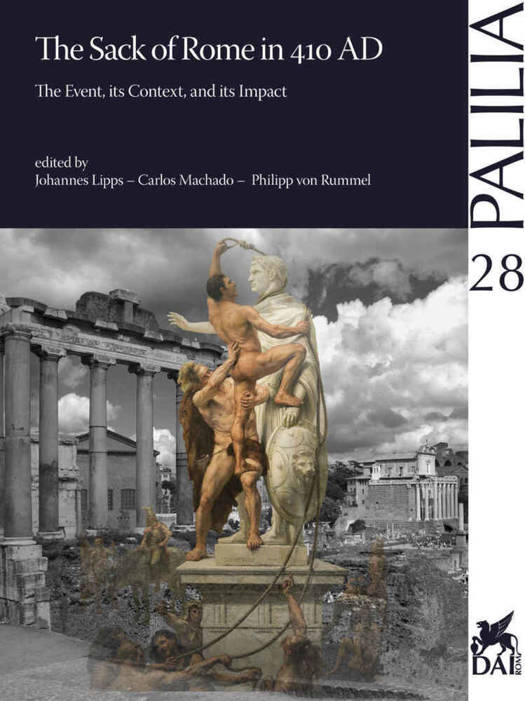
- Afhalen na 1 uur in een winkel met voorraad
- Gratis thuislevering in België vanaf € 30
- Ruim aanbod met 7 miljoen producten
- Afhalen na 1 uur in een winkel met voorraad
- Gratis thuislevering in België vanaf € 30
- Ruim aanbod met 7 miljoen producten
Zoeken
The Sack of Rome in 410 AD
The Event, Its Context, and Its Impact
€ 119,45
+ 238 punten
Omschrijving
On 24 August 410, the Visigothic troops led by their king Alaric captured the city of Rome, looting the city for three days. This was the first time the city was captured in 800 years, igniting a debate with religious overtones over the causes for the fall of the city. Whereas pagan authors seem to have held the spread of Christianity and the abandonment of traditional cults responsible, Christian writers refused to accept this responsibility and minimized the horrors of the sack. Whatever happened on these days remains uncertain. Even archaeologists, influenced by the accounts transmitted by literary sources, traditionally accepted the notion that the Sack of Rome was a catastrophic event, with serious impact on the city, its population and its physical structures. This book, the proceedings of a conference held at Rome in November 2010, provides a systematic re-evaluation of all the evidence available, both literary and archaeological. Starting with two chapters considering the theoretical and methodological issues involved in the analysis of historical events and their relationship with the archaeological record, the first section discusses the political and ideological context for the fall of Rome. The second part of the book, dedicated to the archaeology of the late antique city, shows that although there are a few examples of buildings destroyed or abandoned in the first half of the fifth century, none of these can be unequivocally linked to the destruction wreaked by the Goths. The archaeology of the city does not fit easily with the literary accounts of historical events. The third part of the book is dedicated to the analysis of different aspects of the history and archaeology of the period, trying to assess the impact of the actions of Alaric and his soldiers. Elements as different as the demography of the city, its suply of imported goods, burial practices, the epigraphy and the practice of dedicating statues are considered, showing that in most of the cases changes seem to have been the product of long-term trends, rather than responses to a specific events. The Sack of Rome is here, for the first time, analysed and discussed by scholars of different background and nationality.
Specificaties
Betrokkenen
- Uitgeverij:
Inhoud
- Aantal bladzijden:
- 456
- Taal:
- Engels
- Reeks:
- Reeksnummer:
- nr. 28
Eigenschappen
- Productcode (EAN):
- 9783895009440
- Verschijningsdatum:
- 14/01/2014
- Uitvoering:
- Paperback
- Formaat:
- Trade paperback (VS)
- Afmetingen:
- 218 mm x 284 mm
- Gewicht:
- 1995 g

Alleen bij Standaard Boekhandel
+ 238 punten op je klantenkaart van Standaard Boekhandel
Beoordelingen
We publiceren alleen reviews die voldoen aan de voorwaarden voor reviews. Bekijk onze voorwaarden voor reviews.







